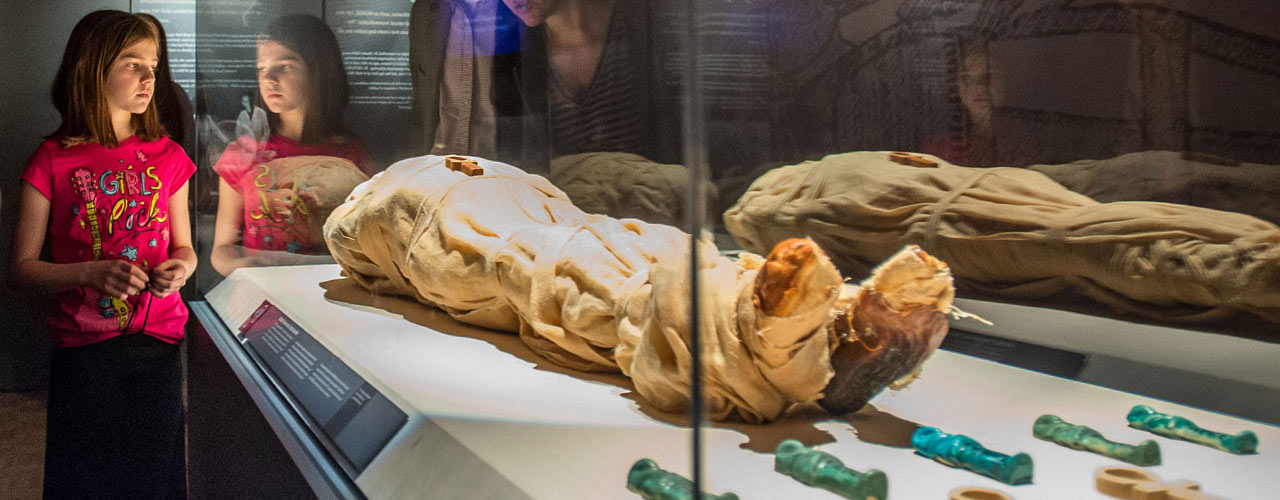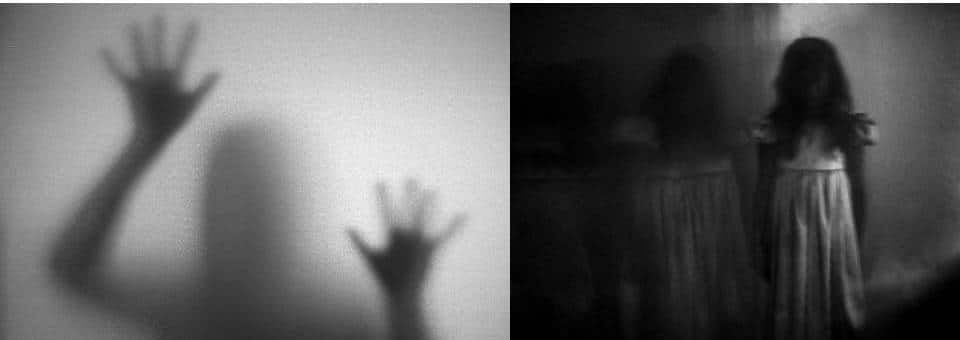Do you believe in ghosts? Approximately one-third of Americans do, according to a 2005 Gallup poll. Ghostly studies in science abound.
Three common scientific and psychological explanations for ghost sightings, hauntings, and supernatural events include:
1. The Power of Suggestion
Verbal suggestion increases paranormal perceptions. In a prospective cohort controlled study, a theatre tour group that was told the location was haunted experienced more intense paranormal happenings compared to another group that was told the location was under renovation (Lange & Houran, Percept Mot Skills. 1997; 84(3 Pt2):1455-1458).
2. Electromagnetic Fields and Infrasound
Many sites with abundant reports of hauntings possess erratic magnetic fields. In a series of studies by Canadian neuroscientist Michael Persinger, application of varying electromagnetic fields to the temporal lobes of the brain produced the perception of a spirit presence, a feeling of God, or sensations of being touched. Tinoco and Ortiz have replicated this work (J Consciousness Explor Res. 2014; 5(3):234-257).
Infrasound (less than 20 Hz, below the range of human hearing) is produced by earthquakes, meteors, ocean waves, nuclear explosions, and certain animals like whales and elephants. Several studies have linked infrasound with strange sensations, including: a sense of dread, fear, or depression; headaches; nausea; and night terrors. At the right strength and frequency, infrasound can cause human eyes to vibrate, triggering distorted vision and “ghost” sightings.
3. Toxic Hallucinations
Reactions to toxic substances, such as carbon monoxide, formaldehyde, pesticides, and toxic mould and fungal spores, may result in supernatural or haunting perceptions.
Maybe that’s why ghost sightings often happen in older buildings with poor air quality?
A Real Ghost: The Ghost Vortex
Have you ever wondered about a ghost vortex or how it’s generated? When particle “bodies” in flow move and disappear due to a change in phase, they leave behind a remnant “ghost” vortex, which is an expression of momentum conservation. Examples include ice crystals melting in water and vapour bubbles condensing in subcooled liquids. Eames developed a general framework to analyse why and how a ghost vortex is generated (Eames. Philos Rans A Math Phys Eng Sci. 2008; 366(1873):2291-2232).
The Science of Mummies
Some studies have focused on ancient Egyptian mummies:
Physician and obstetrician Augustus Bozzi Granville (1783-1872, FRS 1817) unwrapped and dissected the mummy of an ancient Egyptian woman in 1821. He commissioned artist Henry Perry to draw the process in stages; the anatomically detailed drawings were converted to engraved plates for publication. The original drawings have been published alongside the engravings in a study of autopsic art (Riggs C. Notes Rec R Soc Lond. 2016:70(2):107-33).
A recent mass spectrometry study identified proteins from skin and muscle biopsies from three ancient Egyptian mummies, approximately 4,200 years old (Jones et al. Philos Trans A Math Phys Eng Sci. 2016;374(2079). A large number of collagens and keratins were found, as well as proteins indicating severe tissue inflammation, suggesting an infection may have been related to the cause of death.

Hope this haunting science trivia makes for some fun and interesting conversations at your house this very strange, full-moon, Covid-modified, Hallowe’en.


Recent Comments